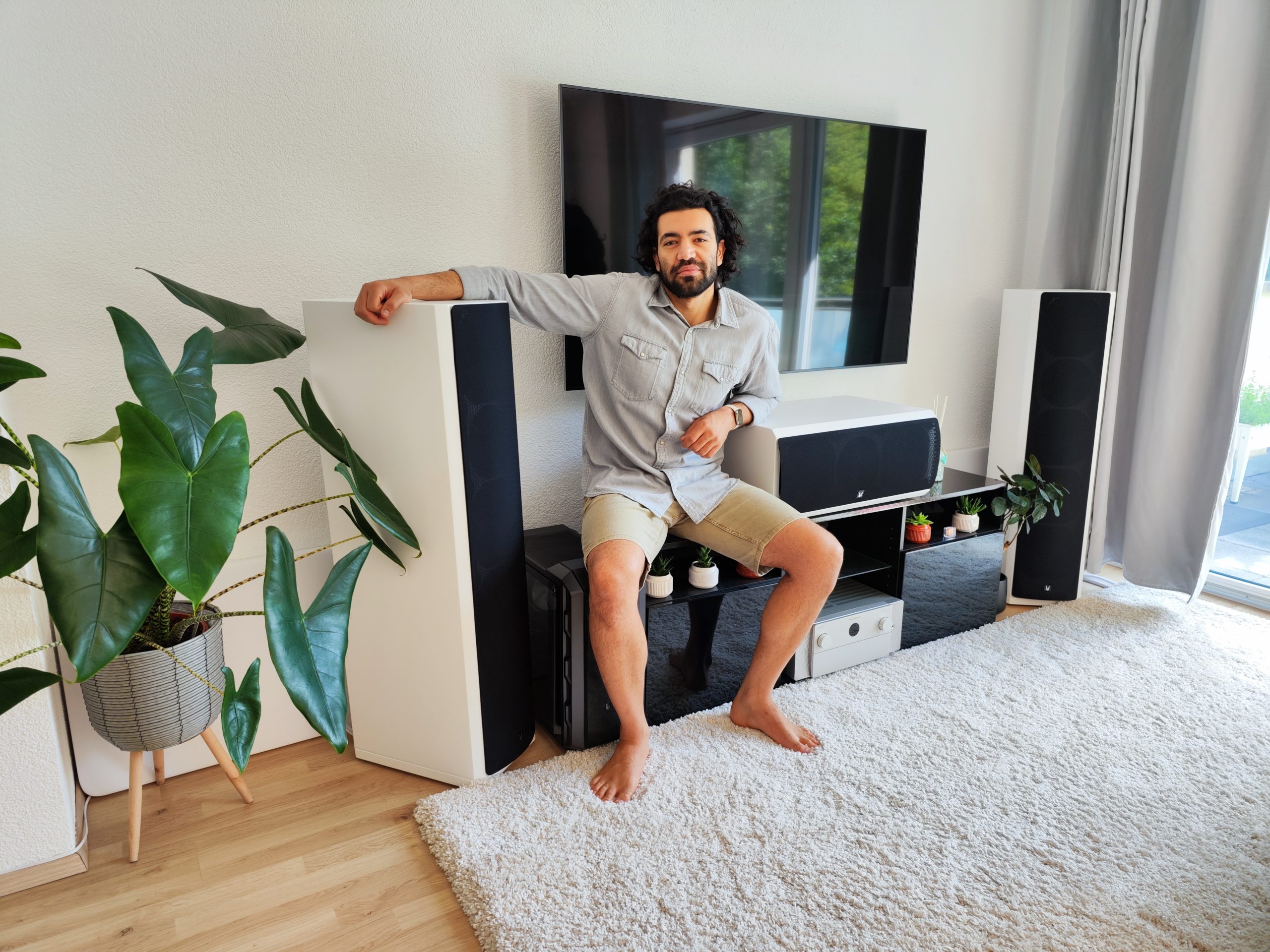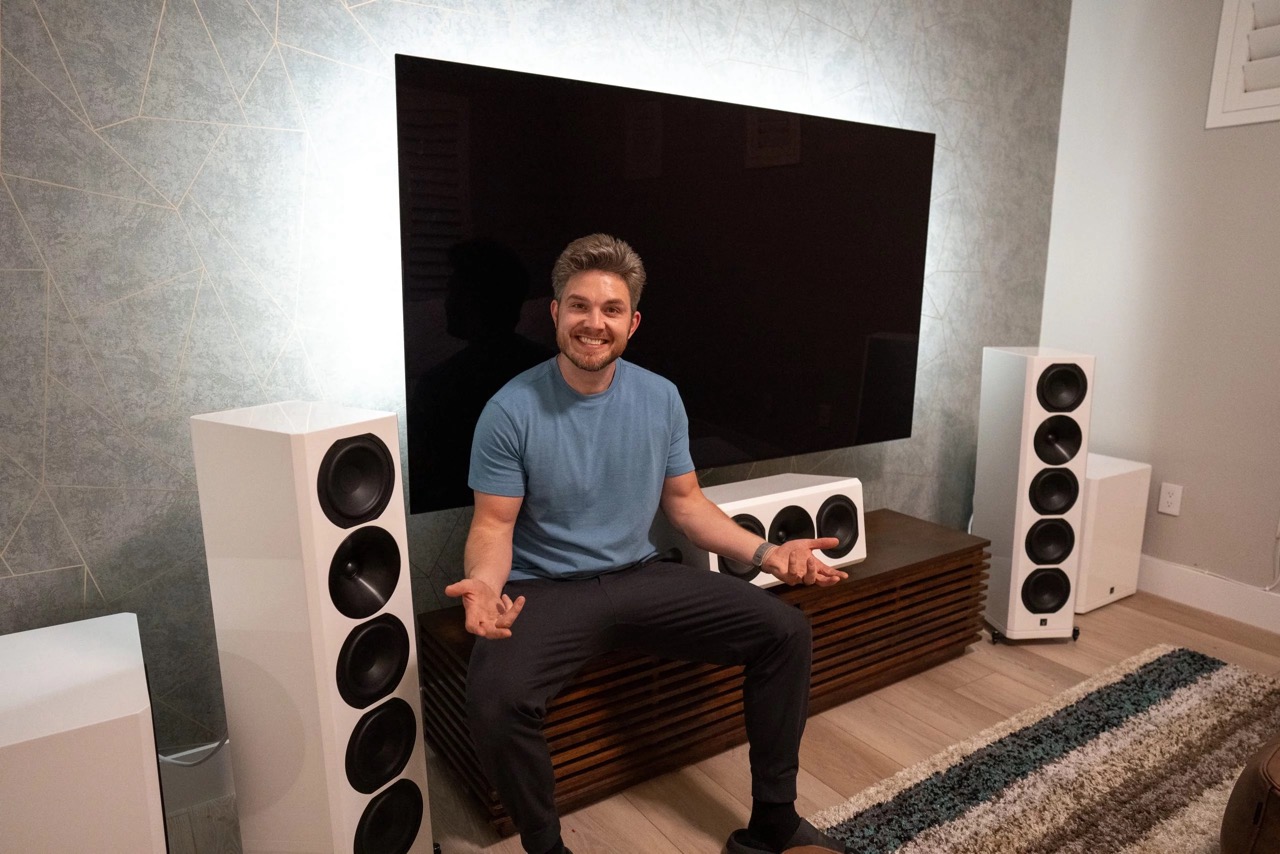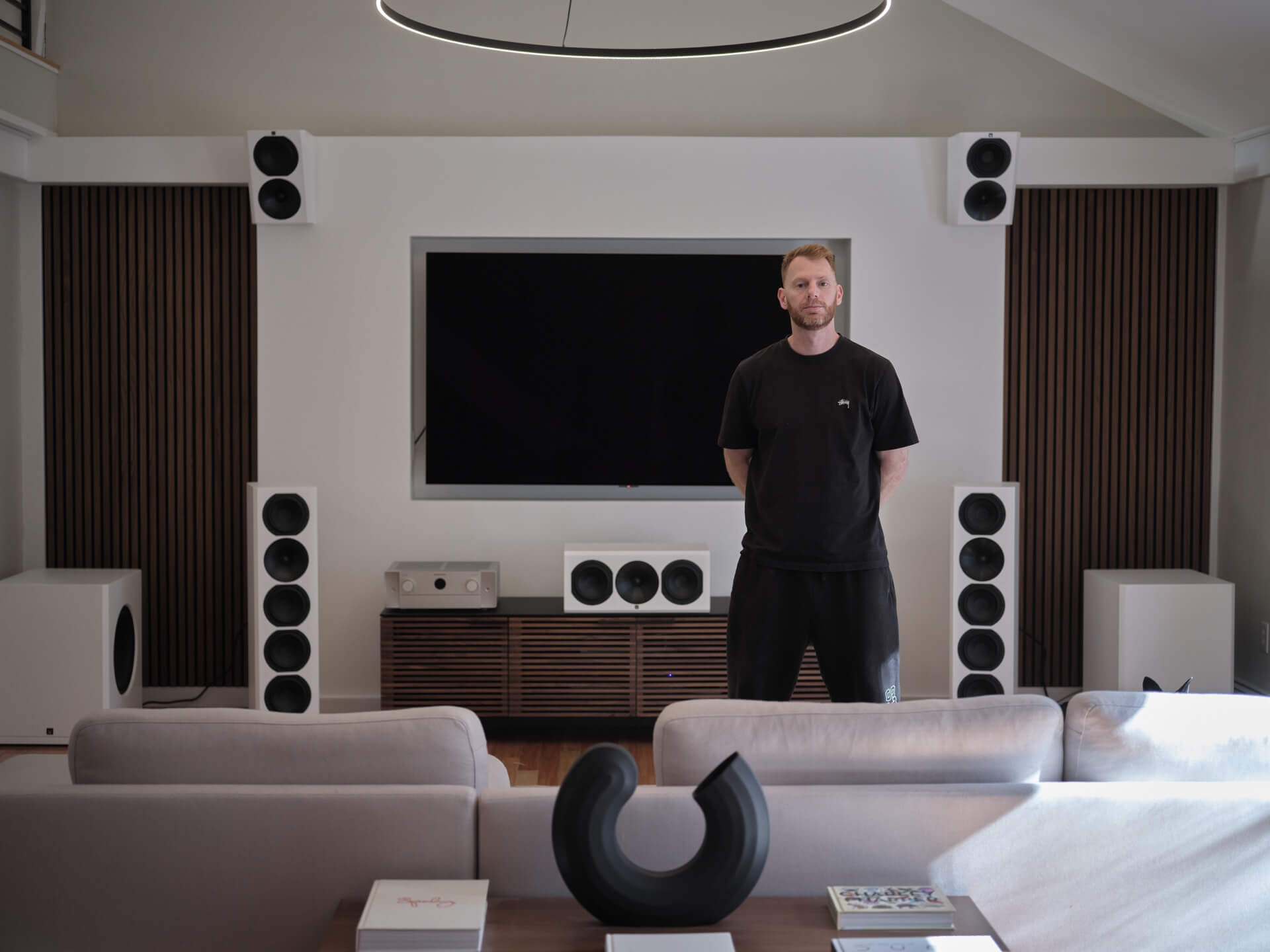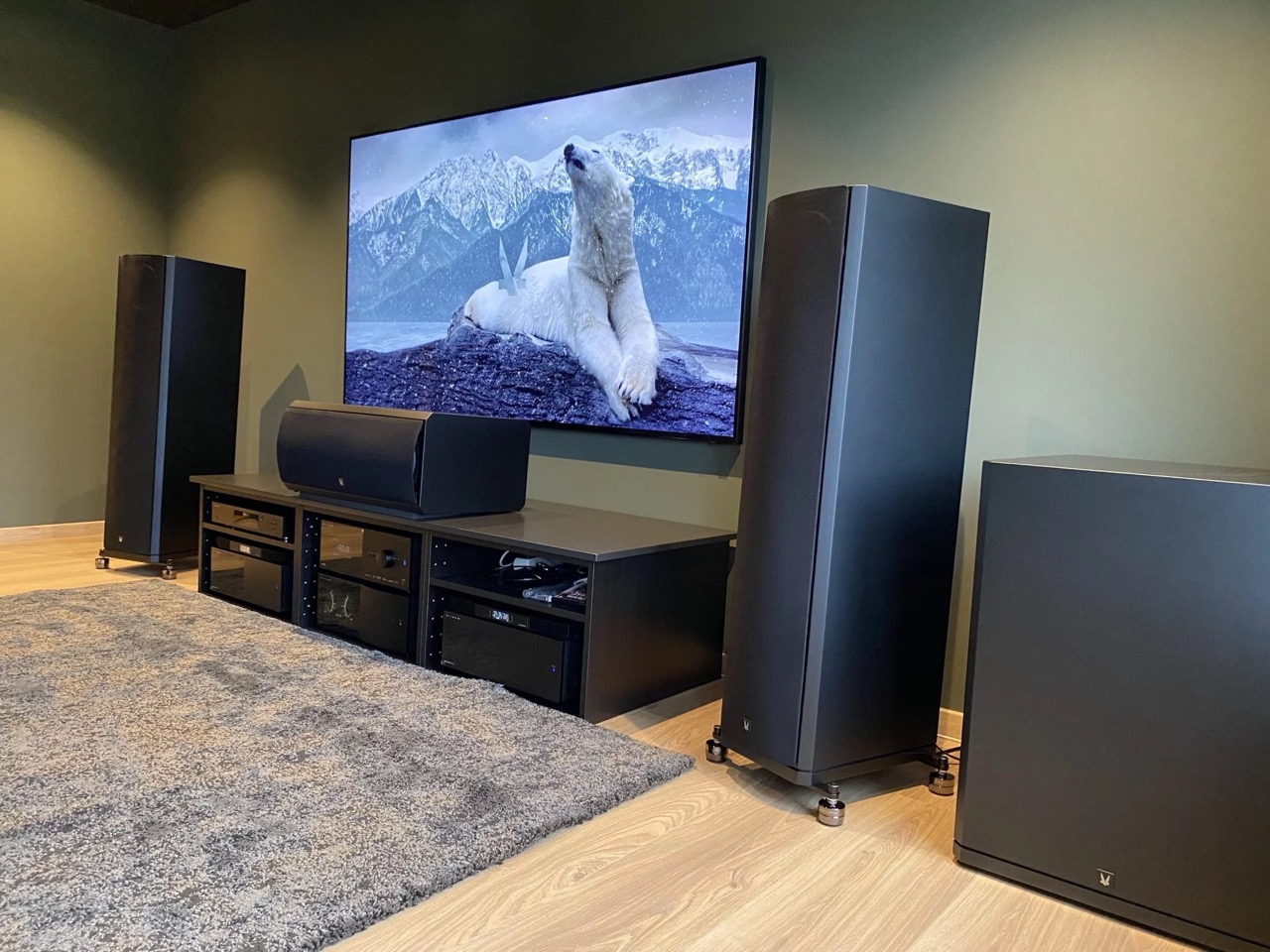Planning for Home Theater Expansion and Scalability
Article summary - TL;DR
- Choose a larger room and flexible layout for your home theater to accommodate future upgrades.
- Plan ahead with proper wiring and connectivity, including extra outlets and conduits.
- Select modular and multifunctional seating options for easy rearrangement as your needs grow.
- Invest in upgradable audio and video equipment to enhance sound and visuals over time.
- Future-proof your setup by researching emerging technologies and considering smart home integration. Enhance your audio-visual setup with the 1528 Tower 8 for expansive sound quality!
Building a home theater is an exciting endeavor, but it’s also important to consider the future. As technology advances and your needs change, you may want to expand or upgrade your home theater system. Planning for expansion and scalability from the beginning can save you time, money, and effort down the line. In this guide, we will discuss the key factors to consider when designing a home theater with expansion in mind.
1. Choosing the Right Space
When planning for home theater expansion, it’s crucial to select a room with enough space to accommodate future upgrades. Consider the following:
- Room Size: Opt for a larger room to allow for additional equipment, seating, and technology upgrades.
- Ceiling Height: A taller ceiling can facilitate better sound distribution and accommodate larger screens or projector setups.
- Layout: Plan the layout in a way that allows for easy reconfiguration and addition of new components.
2. Wiring and Connectivity
Proper wiring and connectivity are vital for future expansion. Make sure to:
- Plan for Future Devices: Install additional power outlets, HDMI ports, and network connections to accommodate future devices.
- Use Conduits: Run conduits or tubing to hide wires and make it easier to upgrade or replace cables in the future.
- Consider Wireless Solutions: Utilize wireless technologies for audio and video transmission to simplify future upgrades.
3. Flexible Seating Options
When it comes to seating, flexibility is key for future expansion. Choose seating options that can easily be rearranged or upgraded:
- Modular Seating: Opt for modular seating that can be reconfigured to accommodate more people or different seating arrangements.
- Removable Chairs: Consider using removable chairs that can be easily replaced or added as your needs evolve.
- Multifunctional Furniture: Invest in furniture with storage compartments to accommodate additional equipment or accessories.
4. Upgradable Audio and Video Systems
Investing in upgradable audio and video systems is essential for future-proofing your home theater. Consider the following:
- AV Receiver: Choose an AV receiver with enough channels and flexibility to accommodate future speaker upgrades.
- Speakers: Opt for a speaker system that allows for expanding from stereo to surround sound or adding height channels.
- Projection Setup: If using a projector, select one with upgradeable features such as lens options or 4K compatibility.
5. Future-Proofing Technology
Stay ahead of the curve by planning for future technology advancements:
- Research Emerging Technologies: Stay informed about upcoming technologies, such as 8K resolution or new audio formats.
- Consider Smart Home Integration: Plan for integrating your home theater with a smart home system for enhanced control and automation.
- Allow for Equipment Updates: Design the space to easily accommodate updated equipment or new media formats.
By taking these steps to plan for expansion and scalability, you can future-proof your home theater and ensure that it remains a state-of-the-art entertainment space for years to come.
Frequently asked questions
What should I consider when choosing a space for my home theater?
Choose a larger room with a tall ceiling for better sound distribution and an adaptable layout that allows for future upgrades.
How can I prepare my home theater wiring for future upgrades?
Install extra power outlets, HDMI ports, and use conduits to hide cables, making it easier to upgrade or replace them later.
What are some flexible seating options for a home theater?
Consider modular seating for reconfiguration, removable chairs for replacement as needed, or multifunctional furniture for storage.
How can I future-proof my audio and video systems?
Choose an AV receiver that supports additional speakers, a scalable speaker system, and a projector with upgradeable features.
What technologies should I research for my home theater's future?
Stay informed about emerging technologies like 8K resolution and smart home integrations to enhance control and automation.
Why is planning important for my home theater's expansion?
Planning facilitates easier upgrades, saving you time and money as technology advances and your entertainment needs evolve.
What type of furniture is best for a home theater?
Invest in furniture that is modular, removable, and offers storage options to adapt to your changing needs and equipment.
How can I ensure my home theater remains modern over time?
Design your home theater to accommodate ongoing technology updates and keep it compatible with new media formats.








